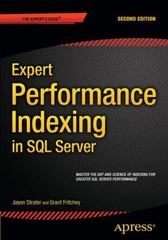Question
average = 10 math['Above Average'] = ['y' if x > average else 'n' for x in math['G3']] above_avg = sum(math['Above Average'] == 'y') below_avg =
average = 10
math['Above Average'] = ['y' if x > average else 'n' for x in math['G3']]
above_avg = sum(math['Above Average'] == 'y')
below_avg = sum(math['Above Average'] == 'n')
print(f'Number of students above average: {above_avg}')
print(f'Number of students below average: {below_avg}')
math[math['Above Average'] == 'y'].hist(column='age', color='pink')
plt.title('Age of people with grade above average')
math[math['Above Average'] == 'n'].hist(column='age', color='black')
plt.title('Age of people with grade below average')
plt.show()
This Python code I wrote creates two separate histograms. I need to create an overlapping histogram using code above, placing people whose age is above and below an average grade. (from csv file)
Step by Step Solution
There are 3 Steps involved in it
Step: 1

Get Instant Access to Expert-Tailored Solutions
See step-by-step solutions with expert insights and AI powered tools for academic success
Step: 2

Step: 3

Ace Your Homework with AI
Get the answers you need in no time with our AI-driven, step-by-step assistance
Get Started


